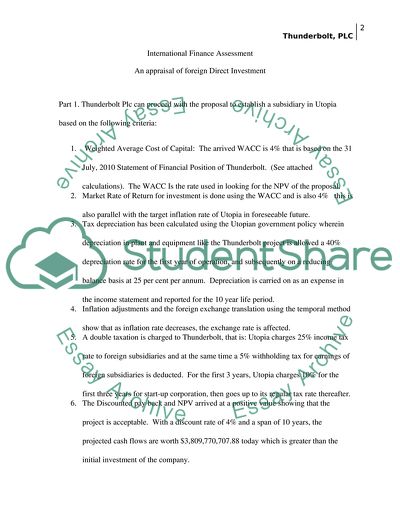Cite this document
(Finance Sources of Foreign Direct Investment Coursework, n.d.)
Finance Sources of Foreign Direct Investment Coursework. Retrieved from https://studentshare.org/finance-accounting/1741449-international-finance
Finance Sources of Foreign Direct Investment Coursework. Retrieved from https://studentshare.org/finance-accounting/1741449-international-finance
(Finance Sources of Foreign Direct Investment Coursework)
Finance Sources of Foreign Direct Investment Coursework. https://studentshare.org/finance-accounting/1741449-international-finance.
Finance Sources of Foreign Direct Investment Coursework. https://studentshare.org/finance-accounting/1741449-international-finance.
“Finance Sources of Foreign Direct Investment Coursework”, n.d. https://studentshare.org/finance-accounting/1741449-international-finance.


